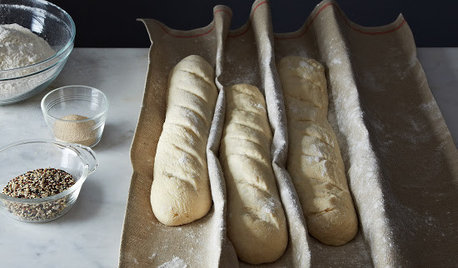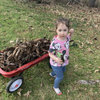I'm making the sourdough starter referenced by Ann and Michelle.
48 hours have passed and , although it is bubbling and frothing it surely hasn't doubled, not even close.
I find her instructions ambiguous.
" By the time it has doubled, there will be a noticeable network of small bubbles throughout the batter & it will be foaming & bubbling on top. (If the batter has not doubled within 48 hours, feed with 2 oz water & 2 oz flour (add more of either if necessary for the consistency) and let it sit another 24 hours or until you see some definite activity.) "
The instructions say " by the time it has doubled there will be a noticeable network of small bubbles throughout the batter & it will be foaming & bubbling on top. I have the activity, not the double.
Then she says add flour and water and let sit for 24 hours until I have the activity...again I have lots of that , just not the double.
Those of you who have done this , must I have the bubbling and a double on the first step?









msafirstein
UserOriginal Author
Related Discussions
Can I feed my worms Sourdough starter?
Q
Starting a new "Sourdough Starter"
Q
Is this old sourdough starter is still good to use?
Q
Sourdough starter question
Q
msafirstein
lindac
msafirstein
cecilia7
UserOriginal Author
Cloud Swift
User
UserOriginal Author
User
User
UserOriginal Author
User
lakeguy35
Lars